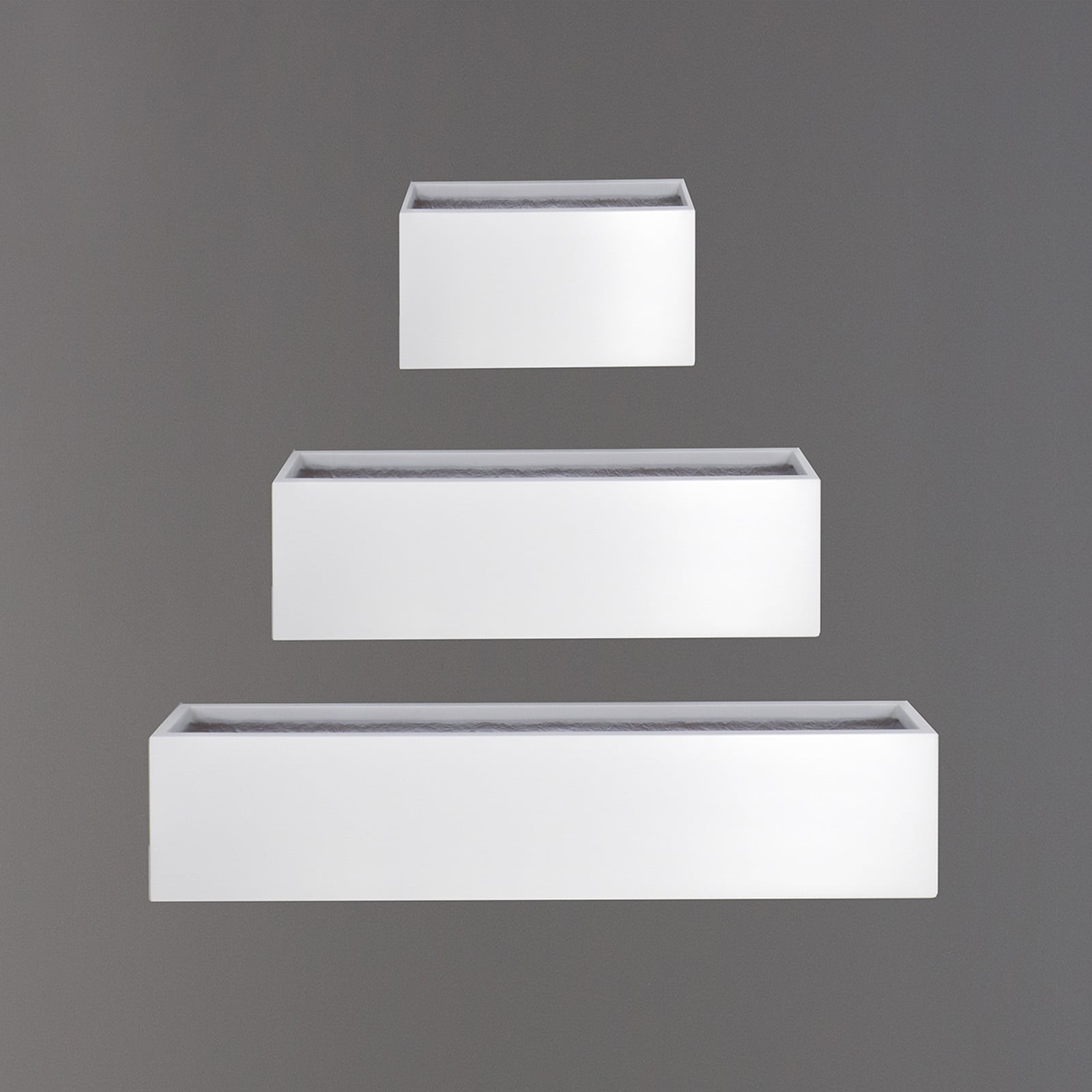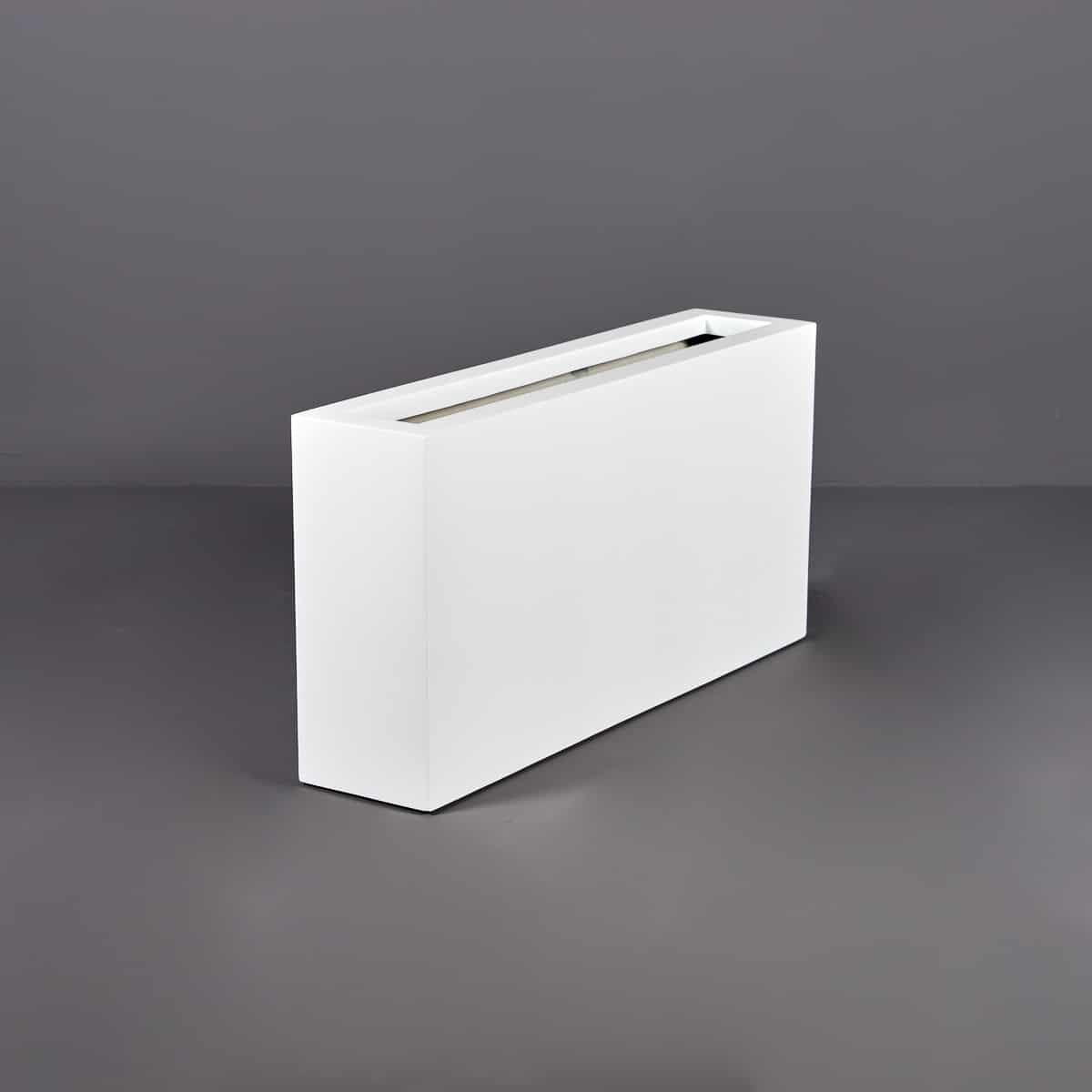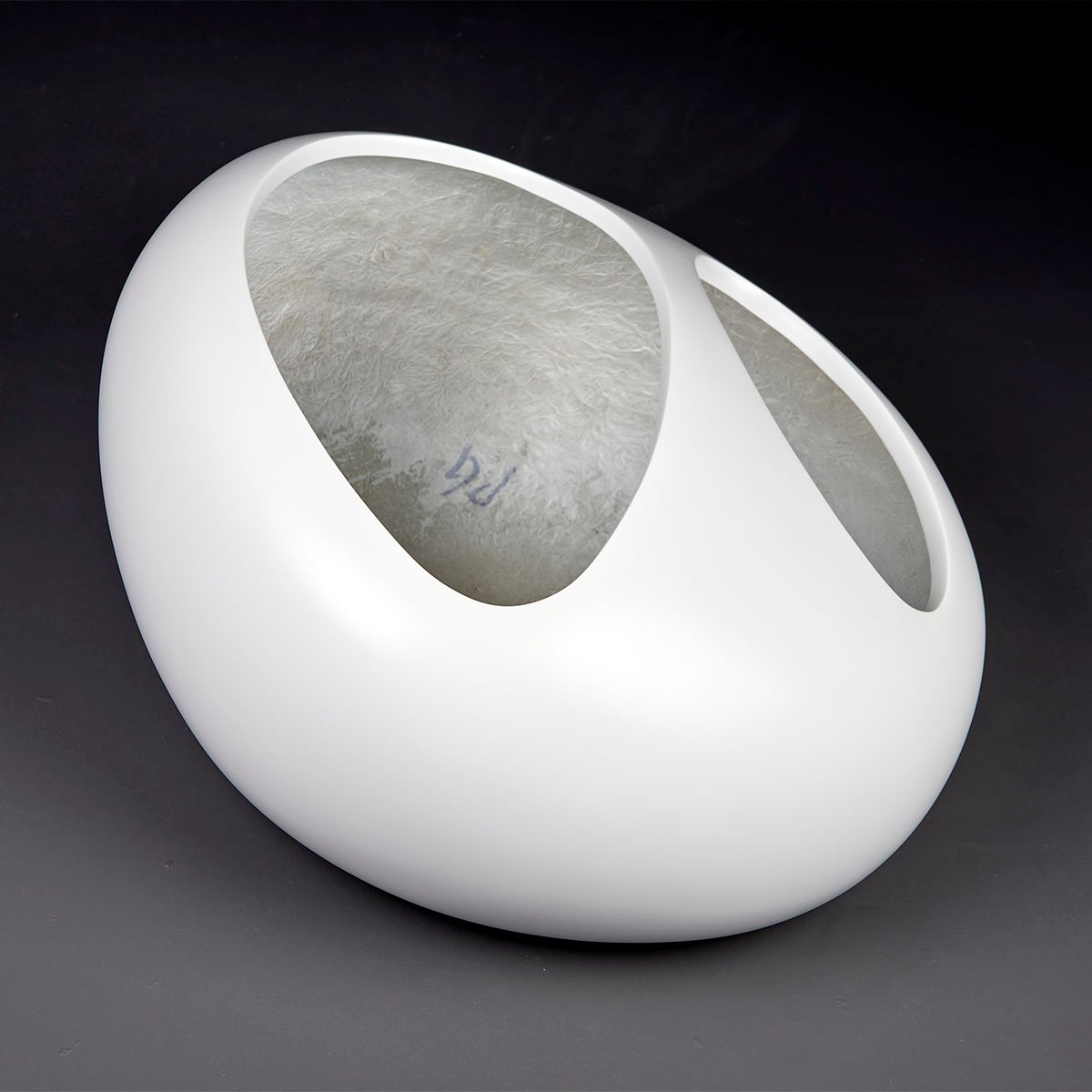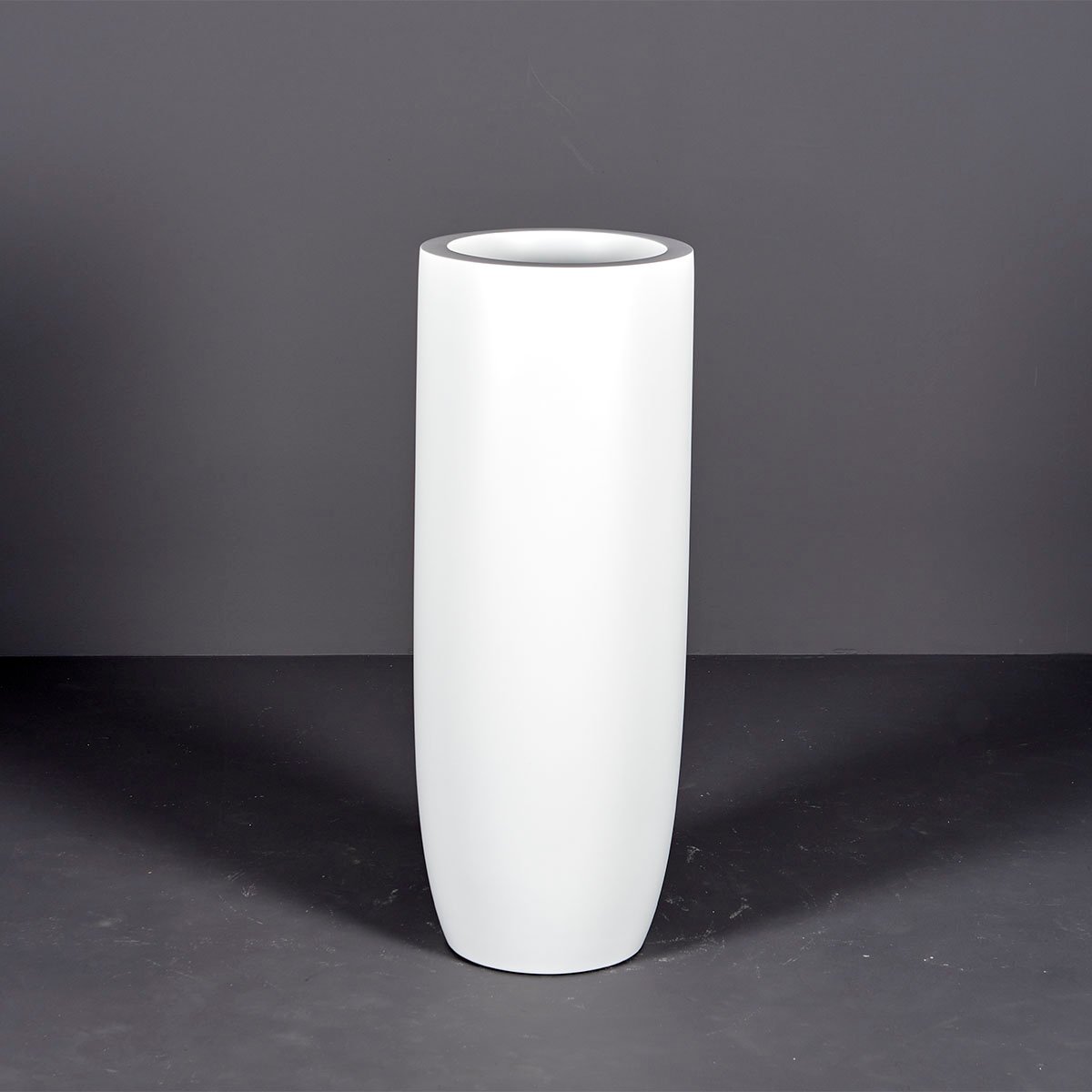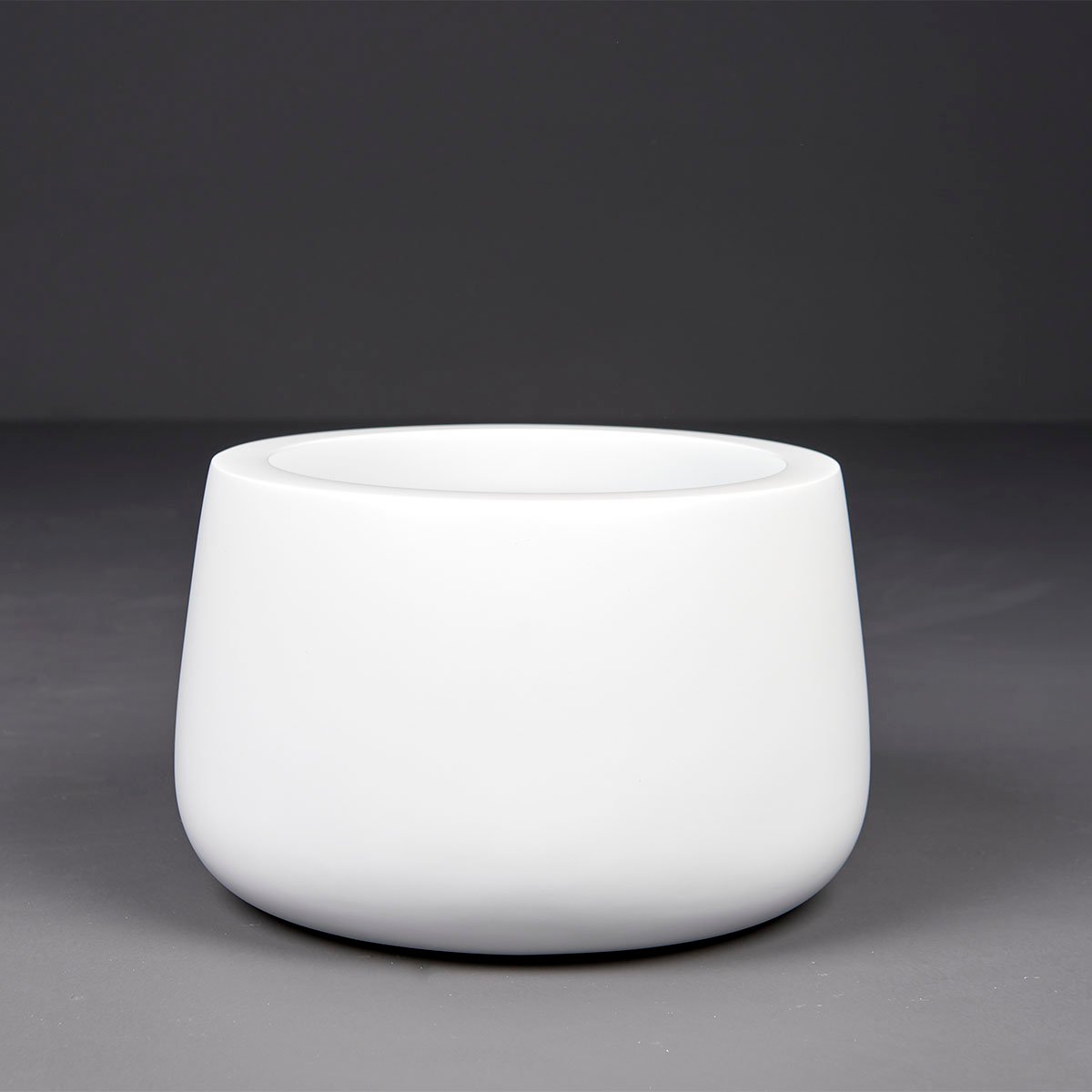For decades, designers and architects have been incorporating indoor container trees into spaces. However, have you ever noticed more and more living walls and vertical gardens popping up in your apartment complex, the mall, or office building?
Companies are increasingly interested in artistic designs that put their “go green” credentials on display, and so do individuals.
The city is getting more and more polluted, that’s why it’s no secret that most of us enjoy a bit of nature around us, even when we sleep, work, and eat!
While some interior design trends come and go in the blink of an eye, we believe interior landscape design to be a trend that will stay for a long time.
Looking for financial opportunities in the landscaping industry? Read our research on landscaping industry trends!
Contents
What Is Interior Landscape?

Interior landscapes have the same meaning as exterior landscapes but – you guessed it – in indoor environments.
A crucial part of interior landscaping is adding flowers, living plants, or other natural elements and decor objects to enhance the beauty of your room like you would with an outdoor space. Mother nature can help you transform plain and lifeless spaces into works of art with decent aesthetic value.
Tall container trees, for example, can be used in massive areas to create focal hierarchies. Mixing different types of plants in planters and on living walls can create a tapestry of color, beauty, and health. Depending on the structure and form of the plant, there are plenty of interior landscape phenomena and effects.
Take the example above, our Hong Kong Tall Planter was used with a Palm tree to add a contrasting texture and color to the artwork in this professional installation by Lasting Greenery.
More interested in the outdoor variety? Read our guide to commercial landscape design!
Can A Landscape Be Indoors?
Yes, it can! We must find a suitable space for interior plants, based on the growth characteristics of each plant species. Here are a few tips to ensure your plants thrive inside:
- Avoid overly dark rooms. Though most houseplants require little natural light, some light is still necessary.
- Only a few plants need direct sunlight, such as Bamboo Palms and Kimberly Queen Ferns. These plants are great in sunny rooms. While houseplants with moisture-loving characteristics, such as the Flamingo lily, are perfect indoor trees potted for the kitchen and bathroom.
- In rooms with indirect sunlight, mild sun-loving indoor container trees such as Aloe Vera are a perfect choice. Furthermore, they are bedroom friendly since they can absorb carbon dioxide and produce oxygen at night. In a way, they assist the human body to respire better, resulting in a deeper sleep.
- Lastly, interior greenery is unsuitable for drafty areas or near heat ducts and air conditioning outlets.
Want more inspiration to arrange your landscape? See how top industry professionals use our planters!
Why Is Interior Landscape Important?

Interior landscaping in a built environment brings positive results, from physical health to mental health. It helps to build up a better working and living environment while increasing productivity.
The overall benefits of indoor plants in designing living and working environments have grown magnificently in the twenty-first century. The need for tropical foliage, office potted trees, terrariums, and indoor and vertical gardens has increased rapidly thanks to interior landscaping. These benefits include:
1. Noise-cancelling

Unwanted noises are everywhere! The noise of phones ringing, a conversation or technological devices is unavoidable. Those noises are distracting, irritating, and sometimes unbearable. Getting the right plants to cancel those sounds is simple yet excellent. Large spongy leaves, such as from succulents, were born to absorb and deflect sound. Hence atriums, malls, hotel lobbies, or office buildings use interior landscaping and display greenery.
2. Reduces Stress
Plants displayed in living areas can improve our mood substantially and lower anxiety-related depression. In fact, most people find gardening and interior landscaping comforting. Natural elements boost positive energy levels and make individuals feel safe and protected.
“Bring plants into my home has brought a sense of stillness to my life, and gives me a connection to nature. Taking care of them has helped me slow down, and become more mindful and patient with growth. It’s a hobby that takes me away from the busy buzz of my digital devices.”
Matthew Encina, Content creator, creative director, and educator.
While staying away from your digital devices is great, using the internet to promote our business is inevitable if you want to keep up. Read our guide to digital marketing for landscaping companies!
3. Improve Indoor Air Quality With Potted Trees

Plants and small indoor container trees are critical ecosystem components because they absorb CO2 and produce oxygen-rich air. Adding nature to your interior improves the indoor environment quality and aids in air purification by removing common toxins and pollutants such as formaldehyde and benzene. Plants can also conserve energy by increasing humidity and cooling the air.
Best Landscape Planters For Interior Design
Discover what makes these planters special in our full guide to the best landscaping planters for 2023
What Steps Are Involved In An Interior Landscaping Project?
Numerous factors contribute to the indoor landscaping process. Whether for your office building or your own space, we can consider three core elements of any design project. They will serve as the foundation for determining project quality:
1. Design And Consultation

First and foremost, your task is to identify a suitable interior landscaping design service. A reasonable plan that solves the disadvantages while also promoting the benefits of the site/area could be the start. It must ensure that natural elements selection is compatible with the proposed environmental conditions.
2. Installation
Price is an important consideration, but it should not be the deciding factor in the success of a project. Selecting a trustworthy contractor is one of the most important ones. With a good service, in time, you will save money.
3. Maintenance
Design and installation are one-time commitments, but maintenance is a long-term service requiring much attention. You can rely on consulting services (that you might have worked with before) to create a decent maintenance regime, ensuring that your interior landscaping is well-protected.
It also helps to save money by signing a long-term contract with a reputable company rather than changing contractors regularly.
What Are The Top-Selling Houseplants?
Here are the best indoor plants that will add a splash of color and create a fresher atmosphere to your home or any outdoor space that you own.
1. Indoor Potted Plants For Color: Lilies
Flamingo Lily & Peace Lily can help clean indoor air from various common toxins, such as benzene, formaldehyde, ammonia, and toluene. These potted trees also provide living areas with beautiful flowers all year round.
Adding a touch of bright color to small spaces like the bathroom can be a game-changer for your office or even your home. They thrive easily with simply just soft natural light or indirect sunshine in decorative containers. However, just like other live plants, don’t forget to bring them out occasionally for a session with the sun!

2. Indoor Potted Plants For Health: Snake Plant, Spider Plant, Rubber Plant
Although snakes and spiders can be intimidating when encountered elsewhere, these small indoor container trees are not! Not only are they pet-friendly, but they are also helpful in freshening up living areas.
Interior air pollutants such as benzene, formaldehyde, xylene, and toluene can be absorbed easily by the Snake plant. While Spider plants are known to remove 95% of chemicals from the air within 24 hours!
Rubber Figs (also known as rubber plants) – create the most oxygen of any greenery, whether they’re burgundy or regular green.
Placing a rubber plant in your home can help reduce the chances of respiratory allergies, which can lead to health issues like asthma. Rubber plants have natural anti-inflammatory properties that can also be a remedy to treat skin issues like rashes. Mash a few fresh leaves into a mixture and rub them on the affected area for relief.

3. Indoor Potted Plants For Texture: Monstera, Hens And Chicks, And Lemon Button Fern
The texture of plants can be used to fill your house with unique and inspiring aesthetics only found in nature. Here are three plant textures that every interior designer needs to know:
Medium Texture
Indoor plants like Monstera have medium to large leaves that look relaxing and bohemian. They not only look like tropical works of art but also they aren’t bothered by low light levels. Moreover, these magnificent plants are forgiving of the occasional missed watering, making them an excellent choice for beginner gardeners and decorators.
Coarse Texture
However, if you don’t have much room, go with tiny potted trees instead such as chicks and hens which also pack a textured punch. These succulents offer a coarse texture and have the most intricate tiny patterns. Plus they are available in crazy sunburst and variegated colors that will make every head turn.
Fine Texture
Or if you are looking for a soft and airy plant for your magical living space, consider the Lemon Button Fern. These indoor container trees are simple to look after and even produce a pleasant lemony aroma. Their feathery leaves are fairytale soft and delicate making them a great piece to have in interior landscaping

How Do I Organize My Container Trees And Plants Indoors?
The indoor landscape has its own set of challenges and rewards. Not only do house plants have to rely on humans, but they are often the thing that makes a room stand out in terms of decor. Here are rooms where indoor container trees make a huge impact:
1. Interior Landscapes In Bedrooms

You can lower the symptoms of insomnia, stress, and air pollution using small bedroom container trees. According to NASA “Interior landscape plants for the indoor air pollution abatement” report, you should consider using aloe vera or snake plants to increase oxygen density at night. You are guaranteed better and deeper sleep! Other choices like golden pothos help remove odors while also purifying the air.
See our full article for the best botanical bedroom tips!
2. Interior Landscapes In Bathrooms
English Ivy, Boston Fern, and Schefflera are all good interior plants that can withstand the high humidity levels in this room. At the same time, they eliminate odors and poisonous gases and prevent insects such as flies, mosquitos, or cockroaches. Overall, You will feel more at ease in the bathroom doing your “nature” things. Transform your bathroom from a moldy mess to a palace of health with these plants that de-humidify and clean the air.
3. Interior Landscapes In Living Rooms

“Don’t underestimate the power of planters in your living room, they make for really beautiful sculptural decor and don’t take up a lot of space”
Julie Khuu – Psychology and Social Science Major from the University of California, Irvine.
Large-leafed plants with interesting textures, such as Monstera and Zanzibar gem, work best in living rooms. Its wide-ranging surface help reduces noise whilst filtering the air and serves as a focal point in the room.
Plants come in various shapes and sizes, so choose the plants that will satisfy your creative needs to achieve a particular look and feel. For a detailed look at how living rooms can be transformed with plants, check out our living room decor guide.
4. Interior Landscapes In Kitchens
Large and dense plants should not be used in the kitchen because cooking frequently involves gas, fire, and smoke, making it the most flammable spot in the house. To avoid accidents, only display plants far away from the stove and unhindered. We recommend herbal plants such as rosemary, mints, and basil. Not only for being cooking ingredients, but they can also filter odors in the kitchen, repel insects, and purify the air.

Plants are also an invaluable tool in commercial kitchens and restaurants to get people through the door and ensure they enjoy their stay.
Read more about restaurant patio landscaping!
5. Indoor Gardens With Living Plants
A little plant makes a huge impact in transforming your space. With a little planning and a few little pots, you can create a mini garden in any empty space in your house. Look for empty spaces on bookshelves, the tops of cabinets, and of course, the coffee table, to adorn with beauty. And if you don’t have these surfaces at your disposal, build them!
Build A Floating Wall Shelf
There are numerous ways and materials to design wall shelves and decorate them with plants. Simply grab a piece of wood, plastic, or metal and fix a couple of brackets to the wall and you’re done.
Of course, you can build this yourself if it’s for a passion project, however, for interior design that goes to the next level, professionals opt for bespoke wall planters such as our Nile Planter. Made from fiberglass, this planter looks stunning and will last and maintain its form, function, and beauty for years to come!
With just simple customizations, you can improve the room’s aesthetic to your ideal preferences. Be sure to utilize colors and lighting to highlight your new wall planter and improve the space’s overall appearance.
Why Fiberglass Planters Are The Best For Indoor Landscaping
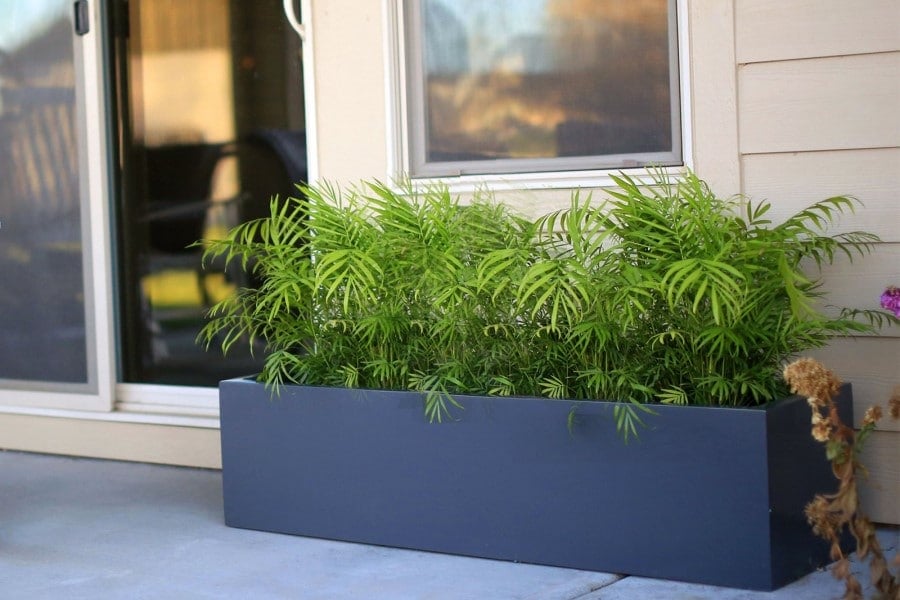
Fibreglass is the best material for interiorscape designers to use. Here are a few of the reasons that professionals trust fiberglass planters for all of their landscaping needs, and so should you.
1. Minimal Maintenance
Fiberglass gives you more freedom because it is resistant to the effects of wind, weather, and wear and tear. This means lower costs for maintenance and fewer headaches in its long lifetime. Fiberglass planter companies like ourselves, Jay Scotts, offer a long warranty on products too, unlike the planters you get as standard when you buy plants.
Plus fiberglass also has greater strength, durability, and presentability compared to other materials.
2. Ranges Of Shapes, Colors, And Designs
Easily molded into complex and traditional shapes, fiberglass is a wonder material that can be custom designed to suit any number of interior styles or applications. Have a look at our fiberglass planter designs, but don’t forget, we do bespoke projects too.
3. Sustainable
Fiberglass planters are sustainable. They are made from biodegradable and ecologically safe materials meaning that they are perfect for your plants to grow directly in. Plus they can stay in service for a long time which means less waste. They can also be used as a decorative planter for something else. But with their biologically-friendly designs, materials, and optional drainage holes, you don’t need any other tree plant pot.
Jay Scotts Featured Projects
See Our Planters Make A Difference
Learn how Jay Scotts planters are used to meet the goals of our customers – from the Philadelphia International Airport to the Gates Hotel South Beach in Miami.
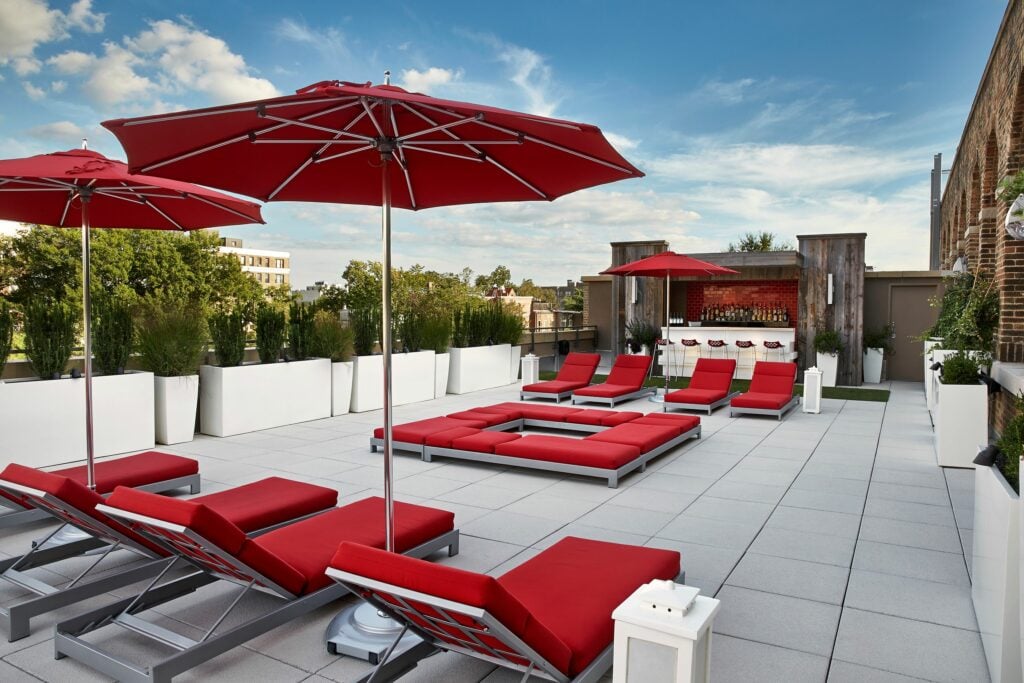
How The Jay Scotts Collection Can Help?
If you are looking for a professional-level planter for your home or commercial design projects, look no further than Jay Scotts fiberglass planters. We not only offer the best colors and designs for interior landscapes, but our superior manufacturing process makes our planters perfect for outdoor landscaping.
Want to master the art of interior landscaping? Grab our planter arrangements cheatsheet!


